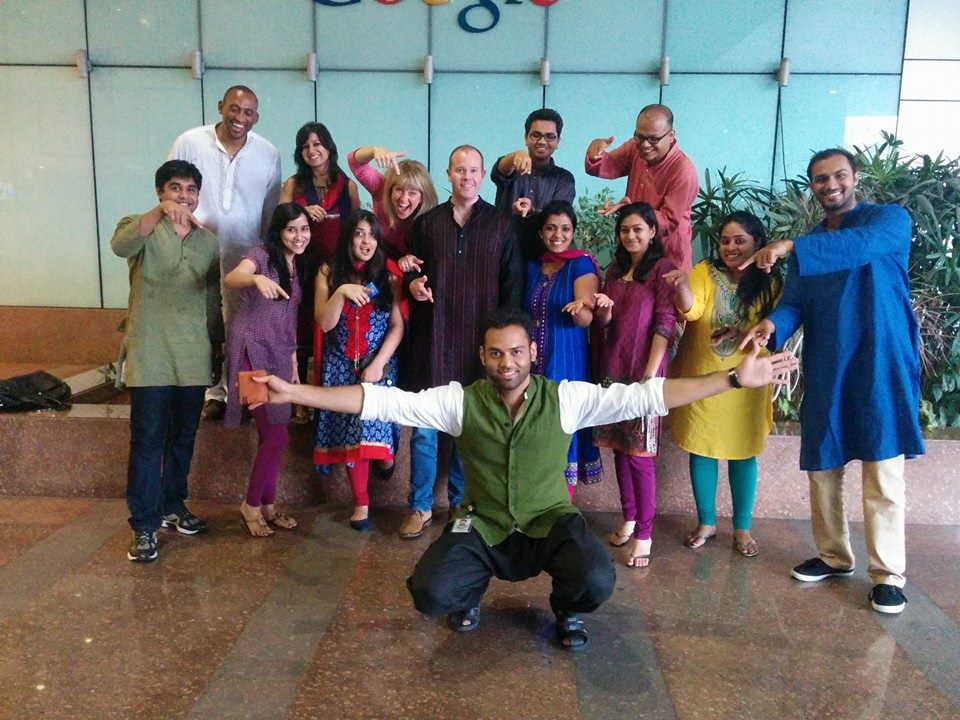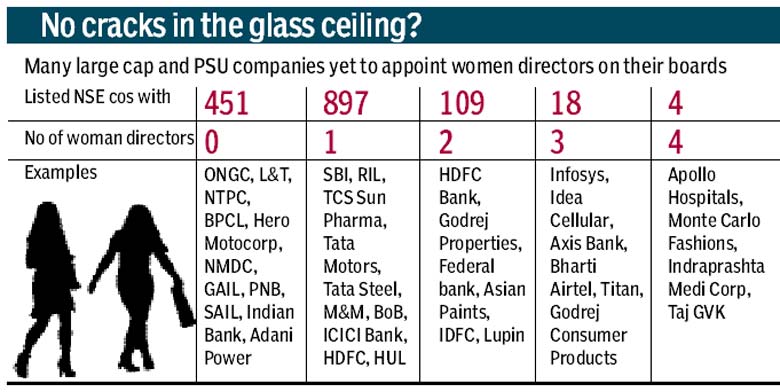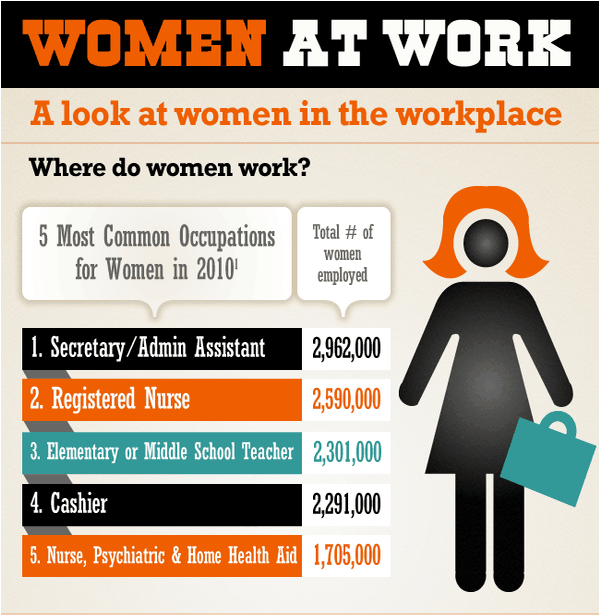Personally, I have had the fortune of coming from a fairly liberal family who enabled me to have a good education. I went on to work for one of the most progressive companies where the number of women was higher than the number of men! The fact that an imbalance against the women in the corporate workplace existed was surprising to me.
However as I’ve changed jobs and companies, and interacted with women from across different organizations over the years, I have realised that the situation in overall realm of the corporate world isn’t so rosy.
Not only is the ratio of working women to working men is shockingly low, pay scales for the same job between men and women have been famously known to differ.
A recent Quartz study reported that the number of urban working women in India, at a mere 12% is amongst the lowest in the BRICS range.
“Some discrepancy may arise because many women are involved in home-based work and are part of the informal sector, where their contribution tends to be under-reported. “Better enumeration will help, but measurement is not the only reason participation rates are so low in India, especially in urban areas,” Sher Verick, a senior fellow at the International Labour Organisation, said.”
Slowly over the years with increasing urbanization, and a growing economy, though the situation is changing, and more women are opting to work breaking through the glass ceiling. Many women assume important places in well established organizations and have even gone on to start companies.
(Recommended read: Top Indian Women in Business in India)
While the onus lies on women to realise their full potential and not consider their gender as a impediment in their own growth and make gender discrimination a self fulling prophecy, more often than not family backgrounds and constraints can aggravate women’s status in the urban workplace.
At the same time, organisations would do well to initiate and undertake a number of steps, over the long and short term, to ensure an equal environment for their women workforce.
1. Hire more women
The first step towards contributing to the empowerment of women in the workplace is of course to ensure more of them. As I mentioned, I worked at a company where women made up 55% of its workforce. However this is not a representative ratio. While a few companies have a proactive “Minimum Percentage Of Women” hiring policy, a large number of organizations still rely heavily on men to fill up key positions.
Recently, the Securities and Exchange Board of India (SEBI) issued a notice that dictates that every public company must have a woman director on its board and companies across India have been scrambling to comply with this directive.
Similar initiatives to foster equality in the lower rungs of the corporate could also be useful.
2. Ensure safety through transport and escort arrangements
Given the safety concerns of women in India in the wake of the Nirbhaya and multiple rape and molestation cases ever since, it’s imperative that organisations take measures to ensure safety of their women employees.
Providing door to door transport, and discouraging late night work is one. At Google India all women employees are escorted by a security member on a post-8pm drop.
3. Provide facilities and perks that help overcome domestic barricades
Domestic commitments continue to be a large reason why women tend to not work or drop out after working for a few years. The number of women who quit jobs to rest during a pregnancy or post delivery is astounding.
Organisations should mandatorily provide paid maternity leave of upto 6-9 months and ensure all the on-site facilities that foster a healthy work-life balance. Many offices across India today are equipped with a maternity room and a baby creche for its women employees who do not have the option of leaving their babies back at home.
4. Do not have a gender bias in certain roles
In organizations across the world, and especially in India, some jobs are automatically designated to be male only. And jobs that were hitherto conventionally male and are slowly take up by women now, are usually from a lower economic rung of the society. Female bus conductors and petrol bunk attendants to name a few. However, you’d still be hard pressed to find any or a large number women in say software engineering or finance department of a company.
Maybe the show Mad Men representative of the 60s, where women were relegated to be typists, secretaries and copywriters still speaks volumes about the status of women in the workplace even 50 years later today.
5. Groom women into leadership roles
They say Every Woman Is A Leader but does the corporate reflect the sentiment?
Apart from having quotas for women in executive positions, they should be adequately groomed to take on such roles. A recent study indicated that men get 50% more special attention such as mentoring and training than women. If women were groomed for the role, maybe company heads wouldn’t grumble about being forced to appoint them as executives. Also, managers could perhaps use a little help in managing high-achieving women. This includes letting women know how their work benefits the organization they work for, appreciating their achievements and helping create a challenging, creative and flexible atmosphere at work.

6. Reward good performers– Irrespective of gender.
I came across this status recently on Facebook, by a man, who has been a manager in a top and a progressive MNC.
While, it is tough to verify if the woman in question is right in her assumption that she was discriminated against based on her gender, anecdotally, there have been several cases where qualified and skilled women were passed in promotions and rewards.
6) Foster an inclusive, friendly, interactive culture
While this is important for organizations, regardless of women empowerment, an organization that fosters an inclusive and friendly culture where the co-workers share easy relationships, work closely with each other, and interact both on a professional and personal levels helps women to interact across genders without a fear of being unaccepted or judged.

7) Have a strong anti sexual harassment cell
Sexual Harassment affects women in some form or the other even at the work place. Cases of lewd remarks, touching inappropriately, or even more serious violations such as molestation or rape, are not unheard of. Sexual Harassment at work is an extension of violence in everyday life and is discriminatory and exploitative.
A Times of India article reported that the number of Sexual harassment cases in India has been on the rise, and the reported cases are far fewer than actual cases.
Recently, we reported how a Google employee had taken to social media to come out about her own experience at the internet giant where she faced sexual harassment. Multiple other women have reported sexual harassment at some of the biggest companies of the world.
An organization, big or small, should have a sexual harassment cell which is equipped with dealing with such cases with utmost seriousness.








